Birds can fly. We know that. But some birds do more than fly; they dip and dart and make very acrobatic moves in the air. Fun to watch!
Tree swallows are one of the best of our avian acrobats. When migrating they gather in large flocks, often numbering more than 1,000 birds. They outmaneuver insects, catching and eating them on the wing. I spotted a flock of 150 tree swallows at the Gay Head Cliffs on Sept. 10. Dave Oster also spotted a flock of 125 at Menemsha Beach on Sept. 9. These flocks are more than 10 times larger than the largest flock — one made up of 12 — seen in August.
Gulls and terns are known for their graceful flight, especially when they are airborne in strong winds. They are acrobatic when they are flocked together high in the air over land, in pursuit of swarms of flying insects, as they were on Sept. 4 over the meadows at Waterview Farm in Oak Bluffs. John Burns reports there were 75 gulls and terns swooping overhead, feasting on that flying swarm of insects. Jane Culbert also saw them and was impressed by their maneuverability.
The real acrobats make their living by catching insects on the wing. Common nighthawks are not common here but one or two are found during August or September in most years. Two sightings of three individuals have been reported twice in the past 50 years or so.
These sightings are amazing. On the evening of Sept. 6 Margaret Curtin and friends spotted 10 in two groups: seven in one group and three more about 20 minutes later. John Nelson reports that the next day in Harthaven, nine common nighthawks flew over his deck from the east in a steady stream, headed toward Farm Neck.
It gets even better. All three species of jaegers make their living by harassing terns and other highly-maneuverable seabirds, eventually forcing them to drop the food they are carrying, at which point the jaeger swoops in and steals the food. Along the north shore of Aquinnah, Bob Shriber watched three or four parasitic jaegers harass roseate terns as the terns foraged up and down the shoreline on Sept. 6. Pete Gilmore and Lanny McDowell were called and they all watched “for a spectacular hour or so in the middle of the day. If you have very good luck, you may get to see an event such as we witnessed.” It is unusual to see this kind of action along a Vineyard shore.
A few exciting sightings top the news for this week. Bob Shriber spotted a western species — a lark sparrow — at the Gay Head Cliffs on Sept. 6. This is a different western species than the lark bunting seen at Wasque by Shea Fee and Francesca Zeta and reported in last week’s column.
Also of interest is Lanny McDowell’s sighting of a Wilson’s snipe in Chilmark on Sept. 2. Charles Morano spotted a yellow-throated vireo on Sept. 9 at Felix Neck and found a golden plover at Norton Point on Sept. 8, that same day that he heard a barred owl calling near Edgartown harbor about halfway between downtown and Katama.
Seven species of warblers that breed here were seen this week but most of them are migrants passing through from further north. Common yellowthroats are the most frequent of these: Phil Edmundson found one near Watcha Pond on Sept. 4, Charles Morano saw one at Cedar Tree Neck on Sept. 5, Luanne Johnson and Margaret Curtin spotted one at Katama Farm on Sept. 10, and the troika of Nancy Nordin, Thaw Malin and Cynthia Bloomquist counted four of them at Upper Lagoon Pond the same day.
At Felix Neck, Chris Scott observed three pine warblers on Sept. 4 and Charles Morano spotted two on Sept. 9. Shea Fee saw a single prairie warbler at Katama Farm on Sept. 9 and I found one at the Gay Head Cliffs on Sept. 10. Charles Morano found two black and white warblers — one at Cedar Tree Neck on Sept. 4 and another at Felix Neck on Sept. 9. Nancy Nordin spotted a yellow warbler in her West Tisbury yard on Sept. 4. Charles Morano also spotted an American redstart on Sept. 5 and two northern parulas on Sept. 4, both at Cedar Tree. Chris Scott added an ovenbird on Sept. 4 at Felix Neck.
Five transient warblers were spotted recently. Phil Edmundson found a magnolia warbler at Watcha Pond on Sept. 4 and Charles Morano found one at Crystal Lake on Sept. 9. The latter observer also saw a Cape May warbler and a chestnut-sided warbler on Sept. 5 at Cedar Tree Neck. Shea Fee found a Nashville warbler at Katama Farm on Sept. 9. I found two Wilson’s warblers at the Gay Head Cliffs on Sept. 10. Their brilliant yellow undersides from stem to stern made them very conspicuous on that gray, foggy morning.
The marbled godwit is still at Little Beach and has been seen most recently by the 33 participants on the Martha’s Vineyard Bird Club’s trip to Little Beach on Sept 9. Also continuing is the immature little blue heron at Priester’s Pond, most recently seen there by Bob Shriber on Sept. 6. At Cedar Tree Neck I saw an immature little blue on Sept. 9.
Also continuing to be seen are ruby-throated humnmingbirds, though in much-reduced numbers. While most of our breeding hummers have departed, please keep your feeders up in the hope that a stray western species of hummer will show up.
Please email your sightings to birds@vineyardgazette.com.
Robert Culbert is an ecological consultant with Nature Watch LLC living in Vineyard Haven.

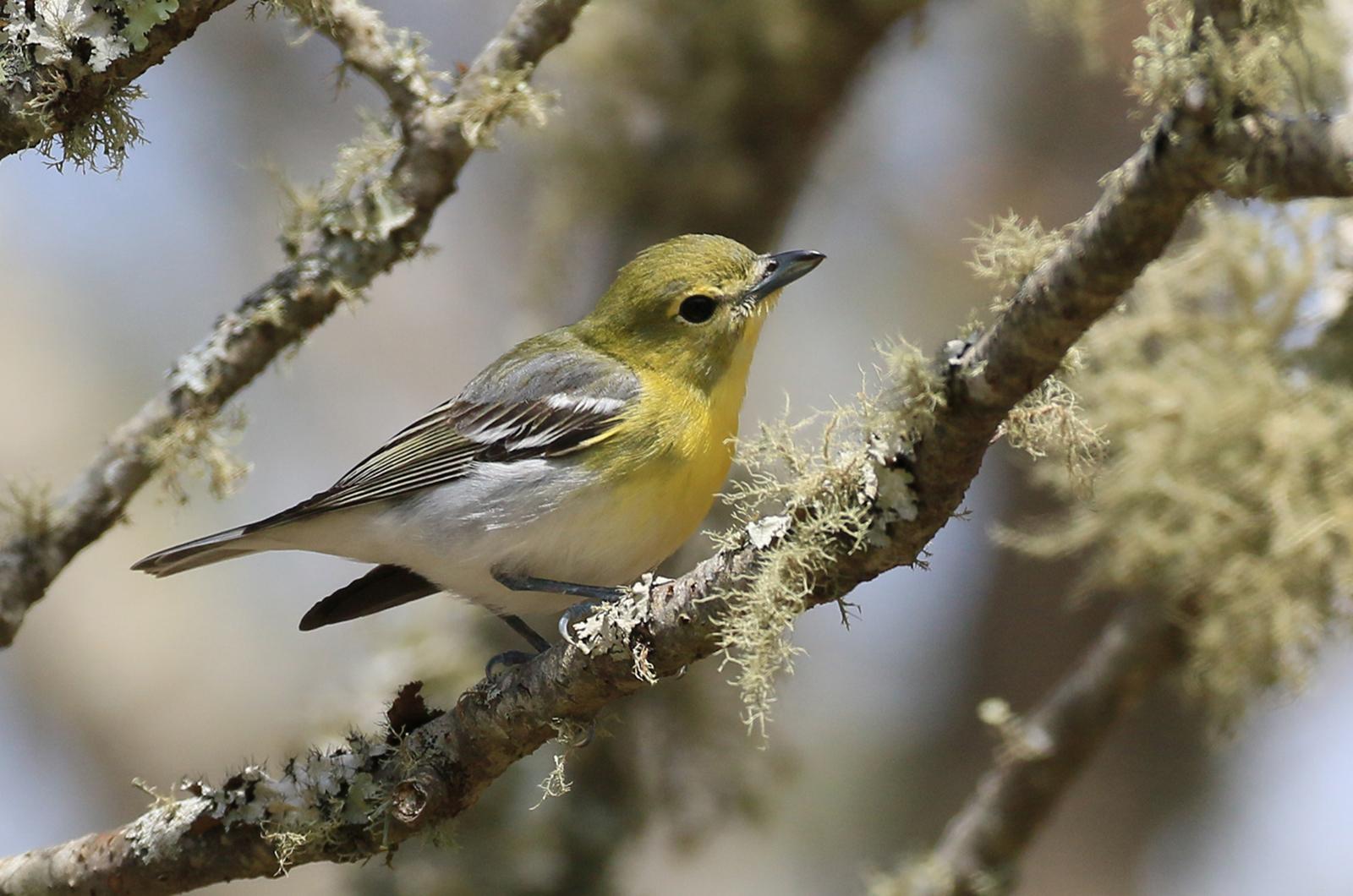
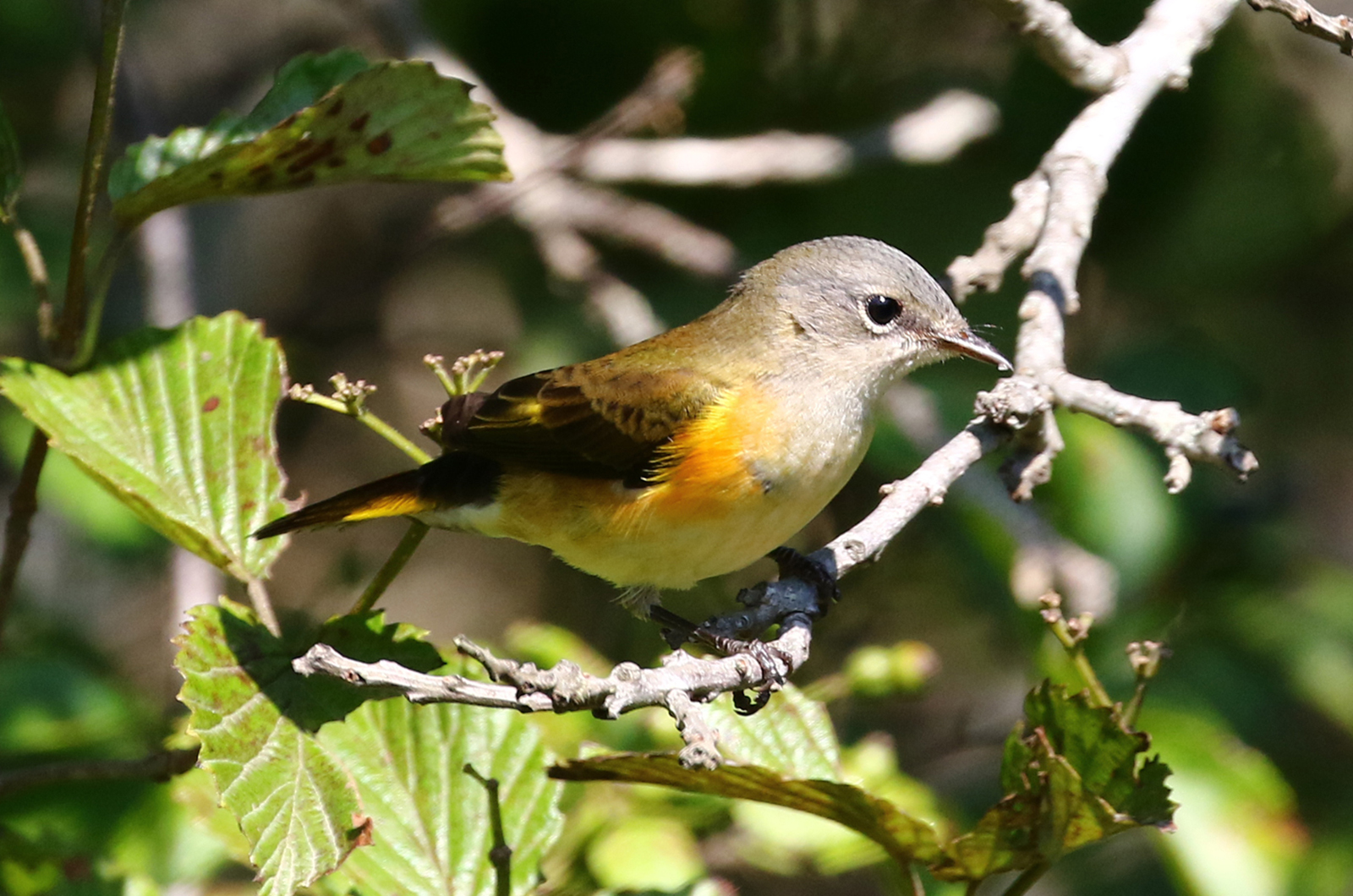
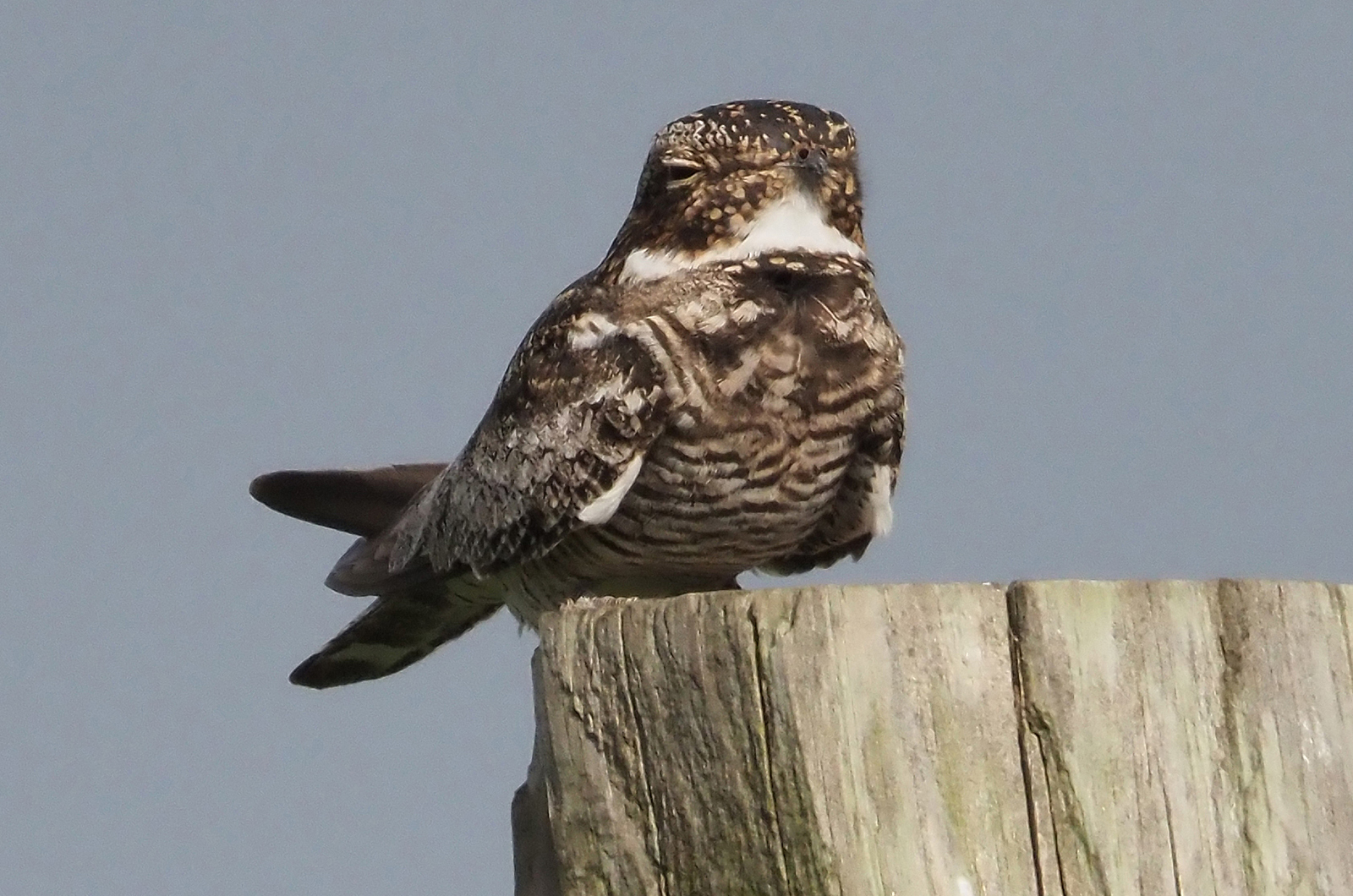
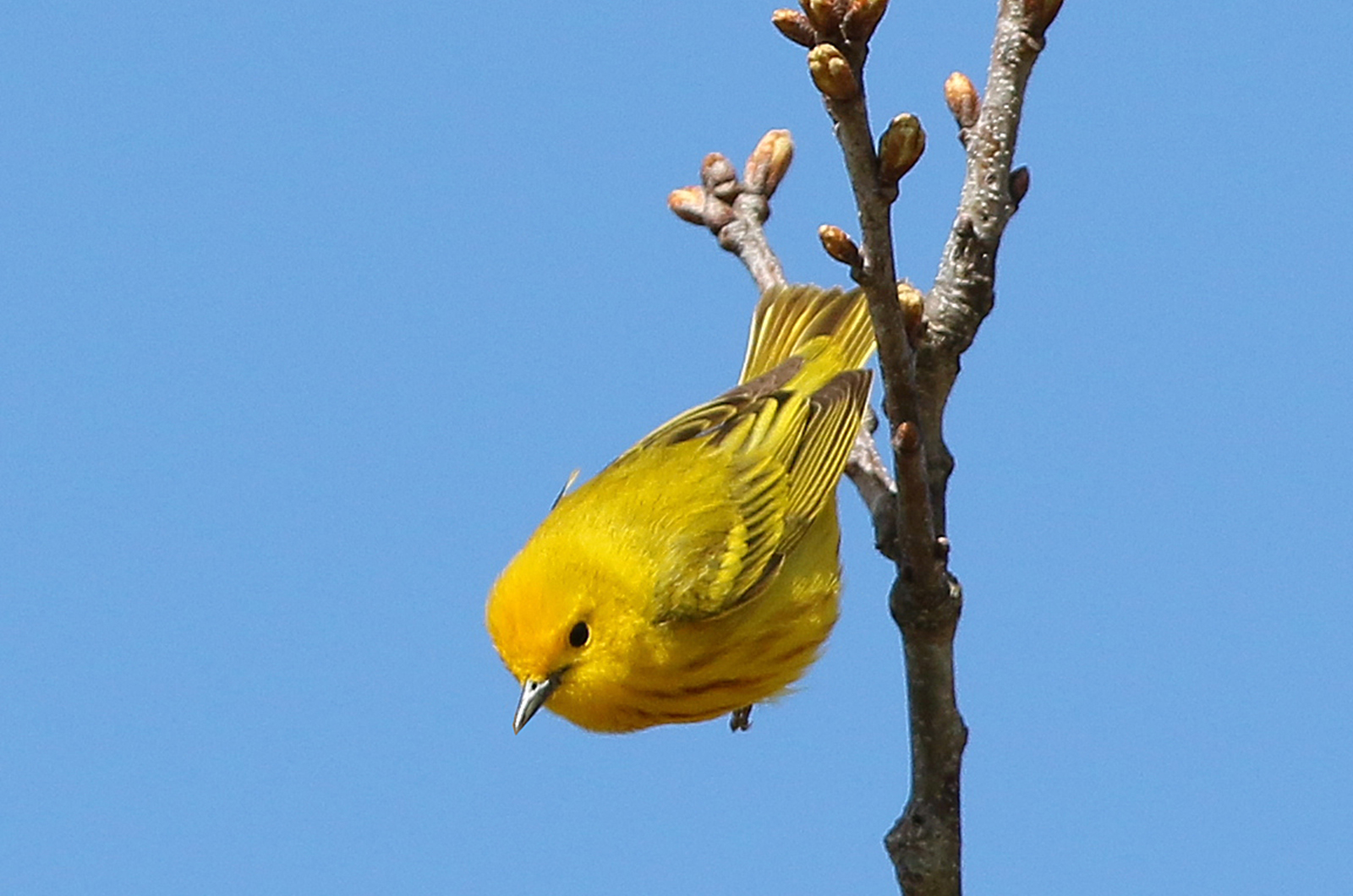
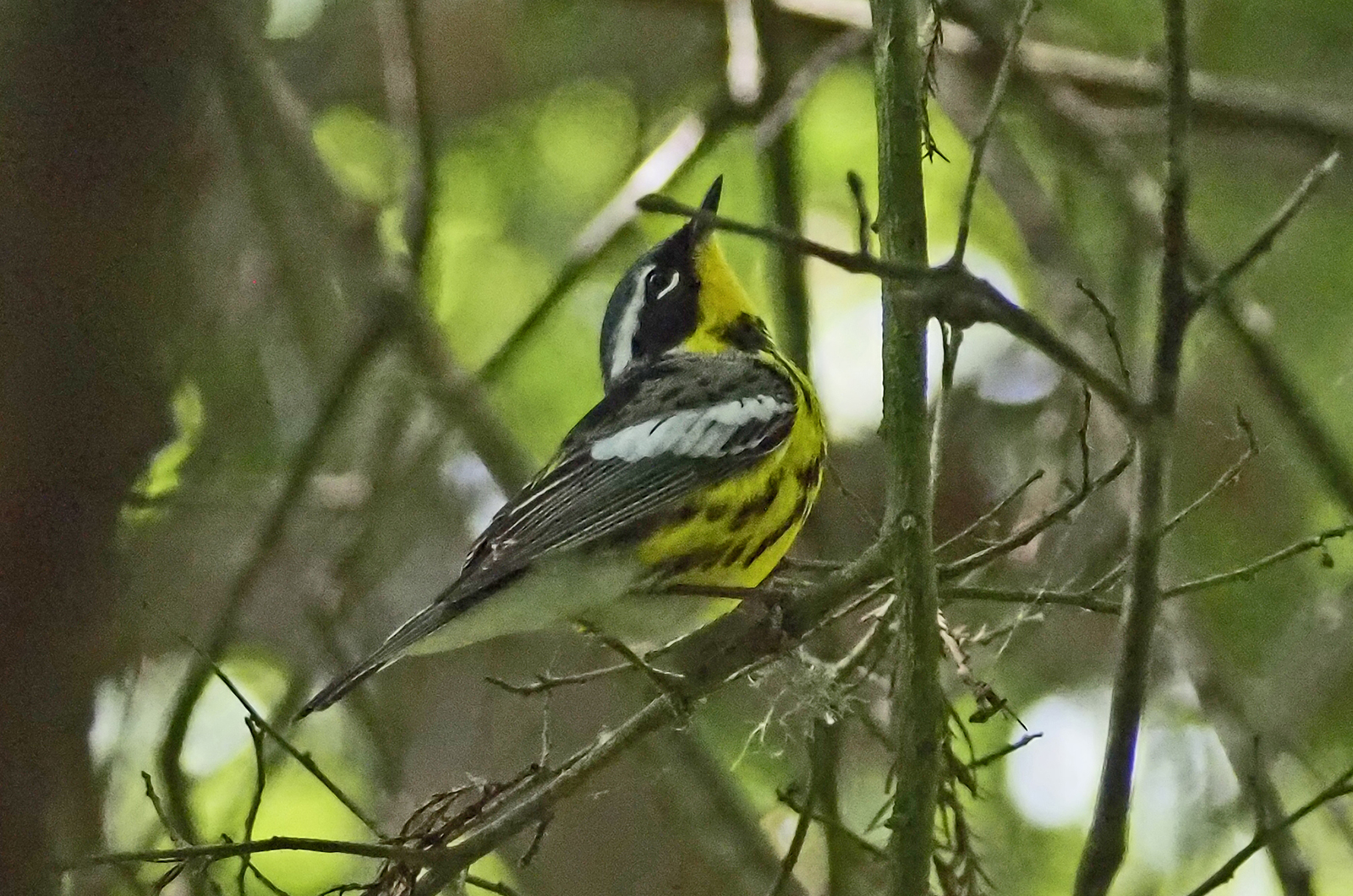


Comments (1)
Comments
Comment policy »